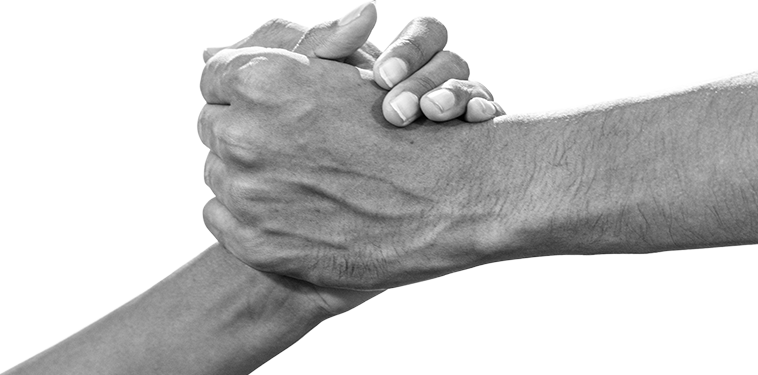What Is Person-Centred (Rogerian) Therapy?
Person-centred therapy (or Rogerian therapy) was developed by Carl Rogers, an influential American psychologist. Rogers believed that all people have the ability to bring about change in their lives and he developed a brand of therapy that gave clients greater autonomy in sessions. Rogerian therapy is also sometimes referred to as “humanistic”, because it focuses on an individual’s positive potential. Person-centred therapists will refrain from offering their own interpretation of events or making explicit suggestions to the client about how to deal with a situation.


How Does Person-Centered Therapy Work?
Carl Rogers identified three key elements for successful therapy. These are:
- Empathy: when a therapist is able to understand and see the world from their clients’ perspective;
- Congruence: a Rogerian therapist will aim to be self-aware, genuine and authentic in their interactions with clients;
- Unconditional positive regard: where the therapist is able to show compassion and acceptance toward the client, as well as being non-judgmental.
How Does Person-Centered Therapy Help?
“Person-centered therapy identifies that each person has the capacity and desire for personal growth and change. The therapist avoids directing the course of therapy by following the client’s lead whenever possible. Instead, the therapist offers support, guidance, and structure so that the client can discover personalized solutions within themselves.”
Person-Centered Therapy Techniques
Since this type of therapy is heavily focused on the client taking charge and driving their own therapy session, there is little that the professional does in terms of techniques.
However one ‘technique’ that all person-centered therapists use is active listening. “Active listening is one of the only and most vital practices in client-centered therapy”.
Written by Sukanya Wignaraja
Solution Focused Therapist & Coach

